
To outsiders, the silk bonnet might look like just another hair accessory. But for Black women, it’s a cultural staple, a shield of protection, and a silent flex.
Once dismissed as “bedroom-only” wear or unfairly labeled “unpresentable,” the silk bonnet has defied stigma to become a full-blown symbol of Black beauty, pride, and community.
It’s functional, yes—but it’s also fashion, resistance, and legacy wrapped in satin. From haircare aisles to high fashion runways, the bonnet’s journey says a lot about how society views Black hair—and how Black women have always known its power.
1. The Origins: Beauty, Bonding & Protection

Silk and satin head coverings date back centuries in African and Caribbean cultures. They were used to protect elaborate hairstyles and maintain moisture in harsh climates—practical, but also deeply tied to ritual and identity.
In the U.S., enslaved African women used headwraps and scarves to maintain their hair while navigating brutal conditions. These coverings weren’t just about neatness; they were symbols of survival and dignity.
Fast forward to the 20th century, and the bonnet evolved into a nighttime haircare hero—especially for chemically processed and natural Black hair textures that needed serious TLC.
2. Why Silk (Or Satin) Matters
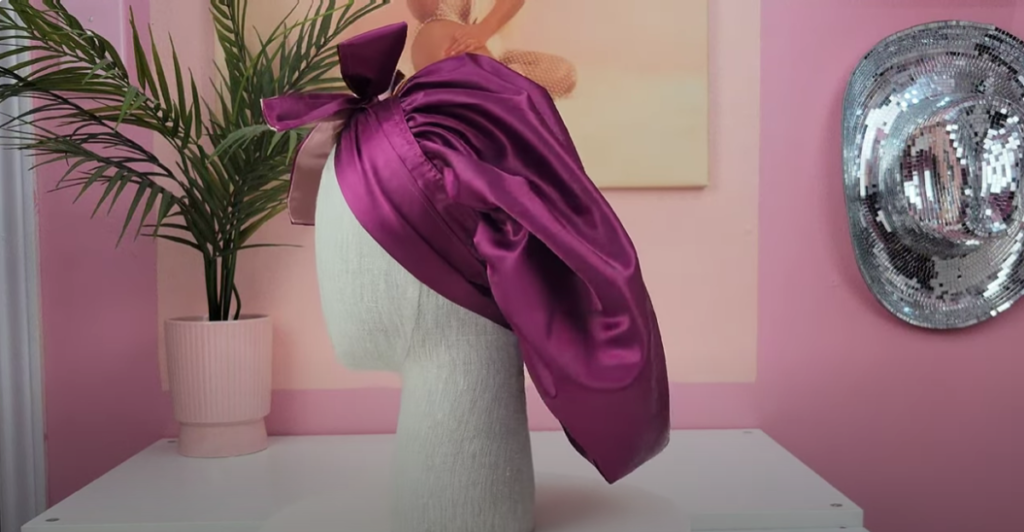
This isn’t about being fancy—it’s about being smart. Unlike cotton, silk and satin don’t suck moisture from your hair. That makes them ideal for preserving protective styles, curls, and edges overnight.
Silk bonnets reduce frizz, minimize breakage, and help hairstyles last longer. And in a world where wash day can take hours, that kind of preservation is gold.
It’s science-meets-self-care. The bonnet isn’t a cute optional add-on—it’s essential equipment. Think of it as silk armor for your twist-out. You wouldn’t wear a fresh blowout to bed with nothing on, right? Rookie move.
3. The Bonnet Stigma
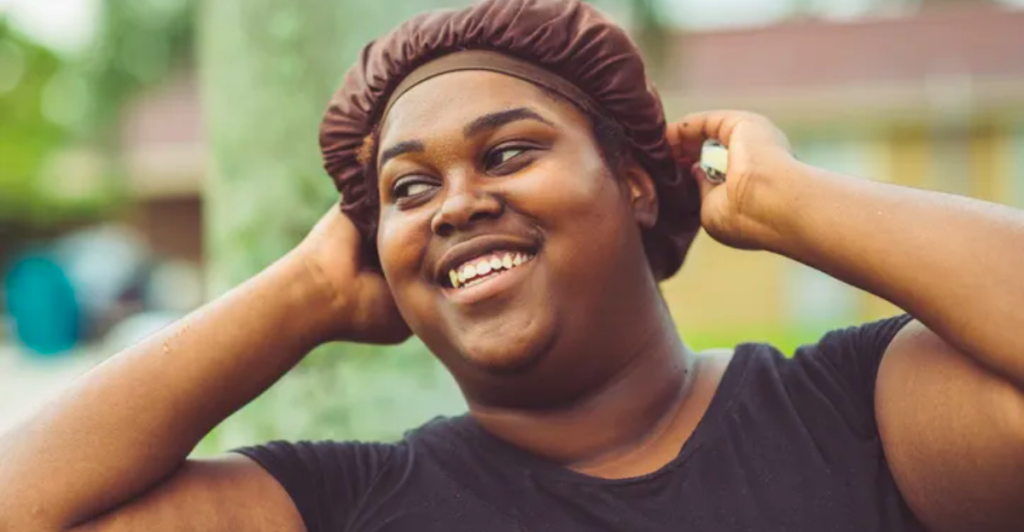
Despite its practicality, the silk bonnet hasn’t always been met with love outside of Black spaces. For decades, it was associated with “laziness” or “ghetto” aesthetics when worn in public.
Media and societal biases pushed Eurocentric grooming standards, and bonnets became shorthand for looking “unpolished.” But spoiler alert: that judgment was never about the bonnet—it was about who was wearing it.
These biases reflect deeper discomfort with Black hair and how it’s styled. The bonnet became a battleground where beauty standards and anti-Blackness collided—unfairly demonizing a tool of care and tradition.
4. The Internet Fights Back
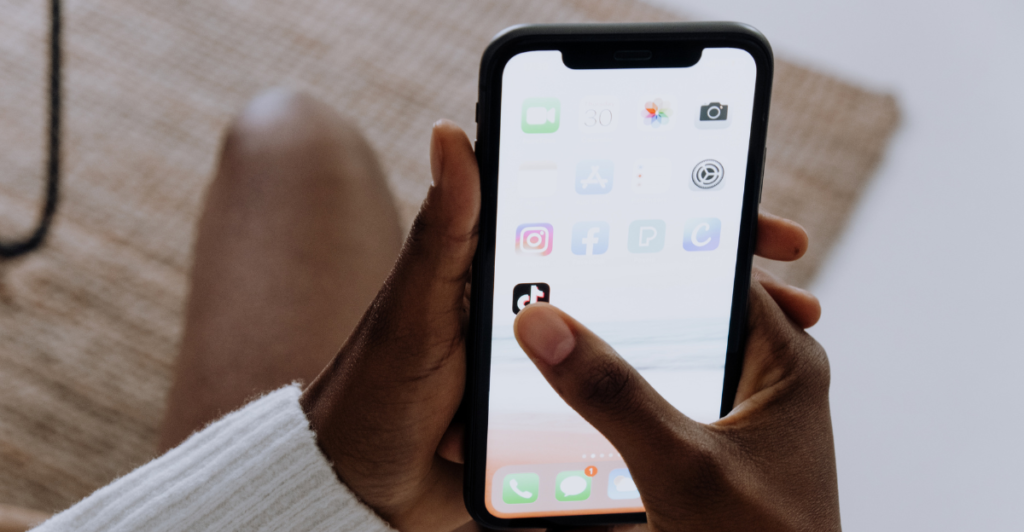
Enter the clapback era. Social media gave Black women the microphone—and they used it to defend the bonnet with humor, history, and style.
TikTok, Instagram, and Twitter have all become stages for bonnet appreciation. Think: silk-bonnet tutorials, bonnet memes, and debates about whether you can wear them in airports (you can, obviously).
It’s no longer just a nightcap—it’s a symbol of confidence. Black creators are reclaiming the bonnet narrative, turning what was once shamed into a banner of beauty and autonomy. The internet didn’t just help—it changed the game.
5. From Bedroom to Runway
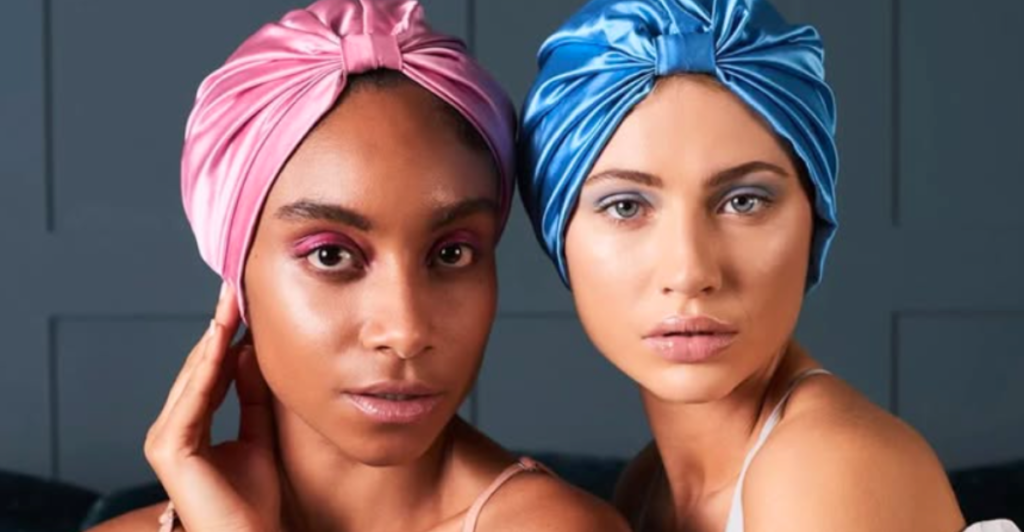
Designers took notes. Bonnet-inspired headpieces have appeared in collections by major brands like Pyer Moss and Fe Noel, bringing Black aesthetics into high fashion spaces that once ignored them.
It’s not about watering down—it’s about celebrating roots. These elevated versions honor the bonnet’s function and form while flipping the script on what counts as “runway-worthy.”
Even Rihanna, queen of norm-defying glam, has been spotted in bonnet-like headwear. What was once seen as a haircare-only item is now a fashion statement. And yes, it still protects the curls underneath. Style meets substance, period.
6. Bonnet Debates: Public vs. Private
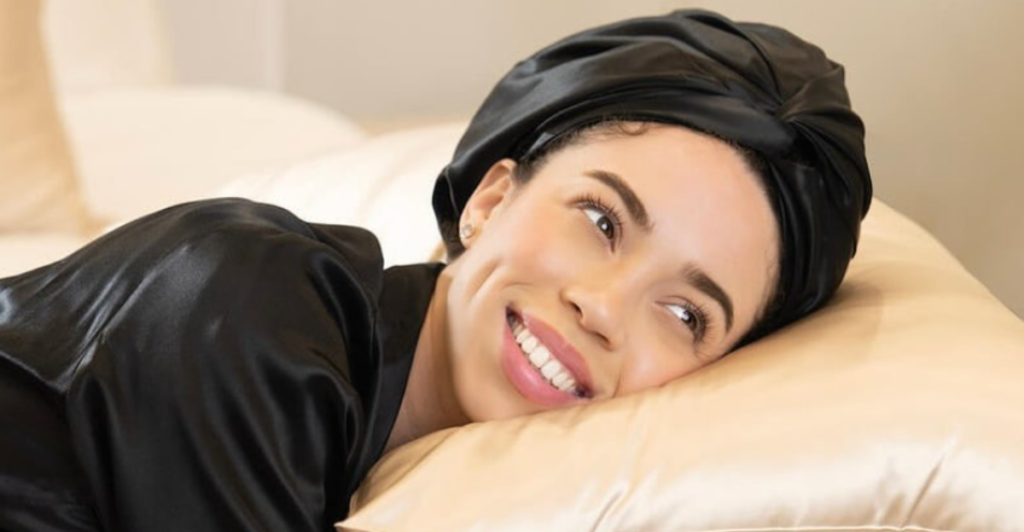
Ah, the eternal bonnet-in-public debate. Some argue it should stay in the house. Others say, “I paid for these edges, I’ll protect them where I please.”
This discourse often mirrors generational gaps or internalized respectability politics. But many younger Black women see bonnets as an extension of self-care—not something to hide out of fear of judgment.
The truth is, no one bats an eye at messy buns or dry shampoo days. So why the outrage over a bonnet in Target? Exactly.
7. Celebrity Endorsement & Visibility
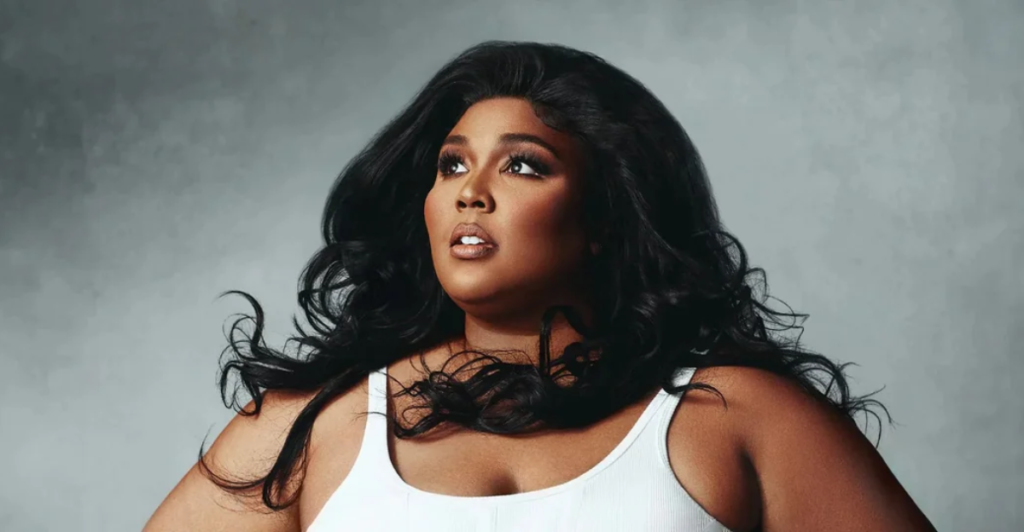
As more celebrities began showing off their bonnets on Instagram Lives and YouTube routines, the conversation started to shift. Normalizing bonnets became part of the beauty transparency movement.
Cardi B, Jada Pinkett Smith, and Lizzo have all appeared in bonnets proudly. These moments matter—not just because they’re famous but because visibility disrupts stigma.
Suddenly, bonnets weren’t a secret—they were a shared truth. The message? Black beauty routines deserve visibility and respect. And if it takes a celeb in a bonnet to start that conversation, so be it.
8. The Bonnet Economy
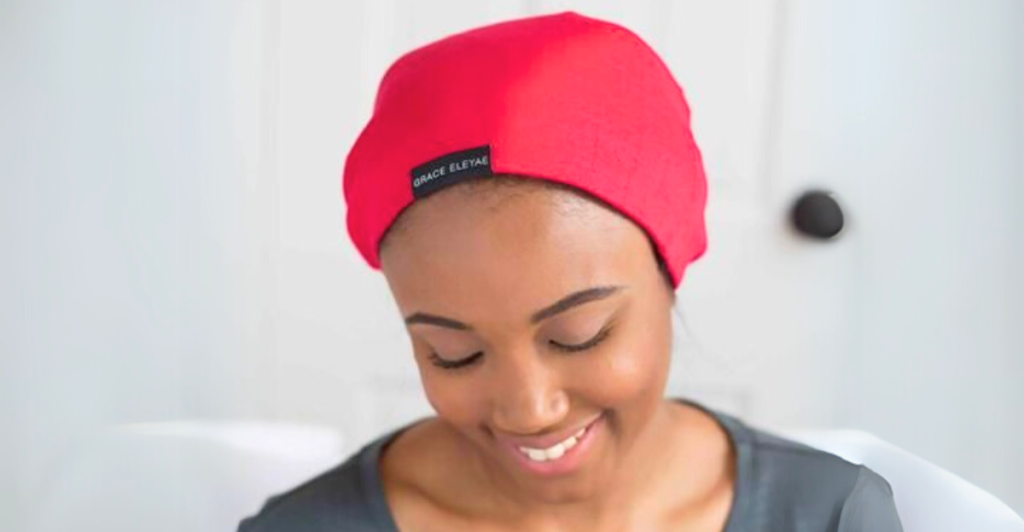
Black-owned beauty brands have stepped up, offering bonnets that are as stylish as they are protective. Think bold patterns, adjustable bands, and even matching sleep sets.
It’s more than cute merch—it’s economic empowerment. When Black women invest in Black-made bonnets, they’re circulating money within their communities and honoring their own beauty rituals.
Entrepreneurs like Slap by Grace Eleyae and The Hair Sanctuary are proof: there’s a market for quality, fashionable bonnets—and it’s growing. What used to be hidden is now celebrated and monetized on our own terms.
Crowned in Satin

The silk bonnet isn’t a trend. It’s a cultural icon. It protects, preserves, and proclaims something deeper than aesthetics—it says Black hair matters in every form.
From its historical roots to its modern glow-up, the bonnet is a symbol of love, resistance, and power. So the next time someone tries to clown a bonnet in public? Just know: they’re not ready for the beauty revolution it represents.
Call it what it is—a crown in satin form. Worn with pride, passed through generations, and worn by queens.
Explore more of our trending stories and hit Follow to keep them coming to your feed!

Don’t miss out on more stories like this! Hit the Follow button at the top of this article to stay updated with the latest news. Share your thoughts in the comments—we’d love to hear from you!